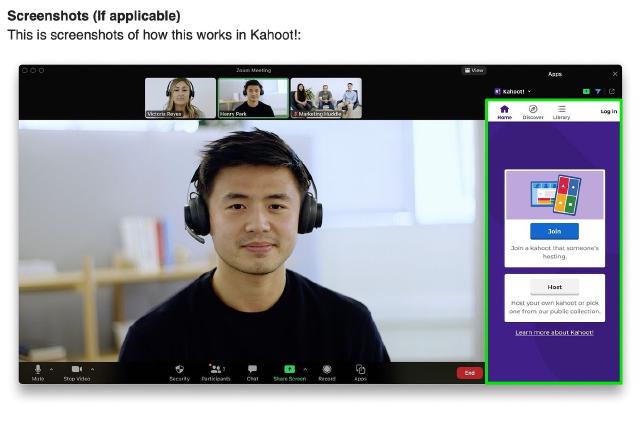Collaboration apps of all kinds have experienced a great level of adoption in recent years, fueled by remote working of course. Workers pretty much live in the workplace apps like MS Teams, Slack, Zoom, WebEx, Google workspace with their spaces/channels/rooms/meetings. The use of Outlook and Gmail increased too (Email is not dead!).
But one significant change, in my opinion, is that companies are finally realizing this trend is something that can work in their favor. In other words, it makes perfect sense to engage people where they are already working vs. asking them to jump from one application to another in order to get what they need. And here is the evidence of that:
- CEO of Salesforce says the cloud company will “rebuild all of our technology” to become “Slack-first”…
- Salesforce acquired Troops.ai, a company that provided Slack and MS Teams integrations for sales.
- Zoom and WebEx built their new “embedded app” frameworks allowing developers to build “in-meeting” apps
- Google released its Google Workspace, and not so long ago their Workspace addons framework.

So companies are either already building these new cool “in-app” integrations or want developers to start doing so. WebEx has been very active promoting their new embedded apps framework to developers, and also great at supporting developers (that is from our own experience). Zoom is about to make their GA release announcement.
I think this new kind of integration is becoming trendy as it allows to create better collaboration experiences and make our workplaces much more convenient and optimal to work in. Have all necessary business data at your fingertips while you’re in a collaboration app of your choice!
But as always, a new technology brings a new set of challenges. It’s not just about API’s with these apps, developers now need to learn addon frameworks and follow additional sets of rules: MS Office addons, Google Workspace addons, Zoom zapps, WebEx embedded apps, Teams apps, Slack apps, … Indeed, work security is guaranteed for software developers.
A separate topic is how this opens more opportunities to have your “signle view of the Customer” right in a space/channel/room/meeting. I will probably leave this topic for another time.
At Aurinko we focus on workplace integrations and aim to make building the addons/apps easier for developers. At minimum Aurinko is ready to be your app’s backend API. It supports auth flows of these platforms and user session management is built in.
